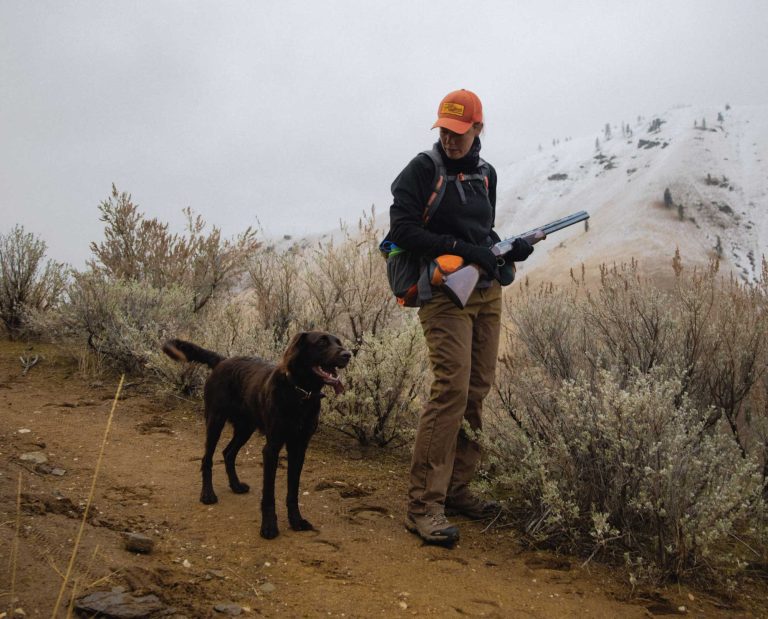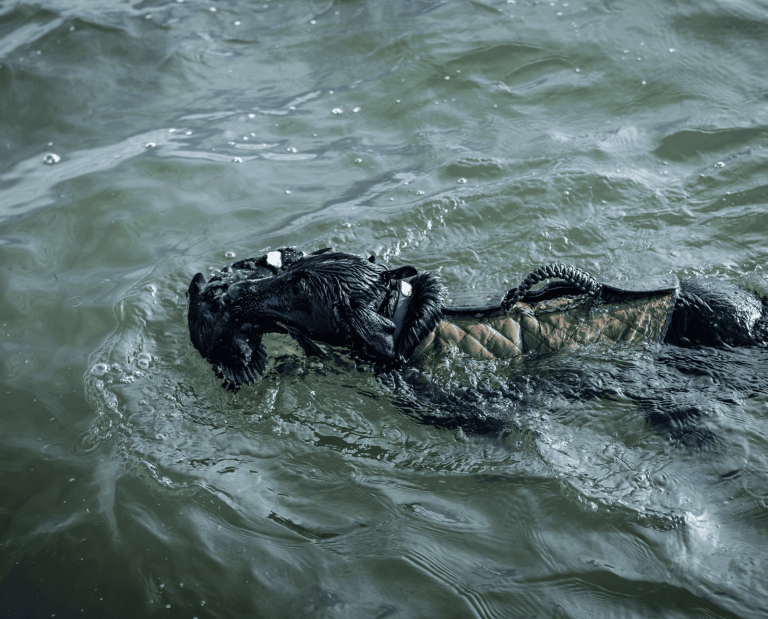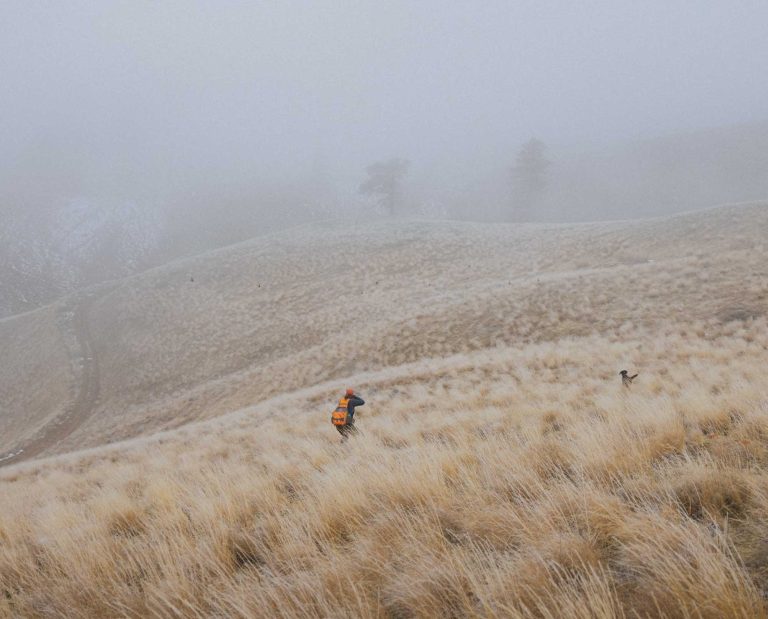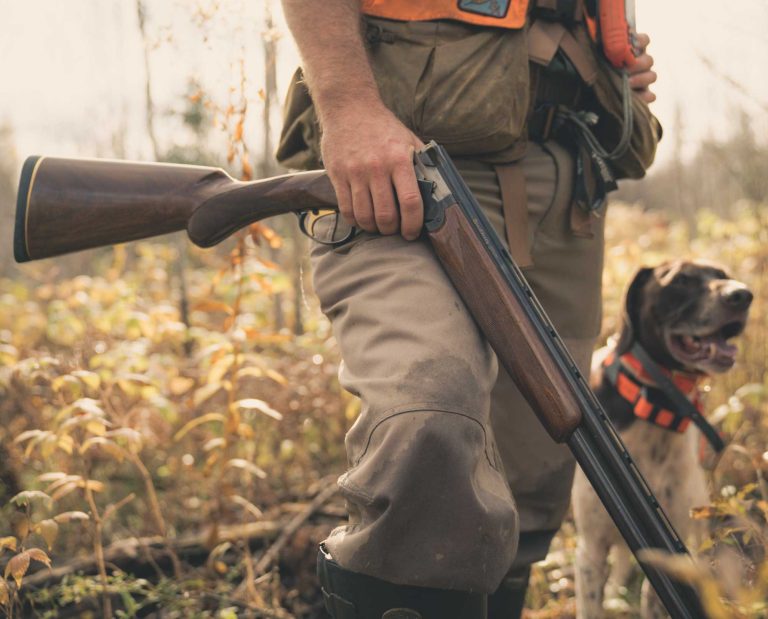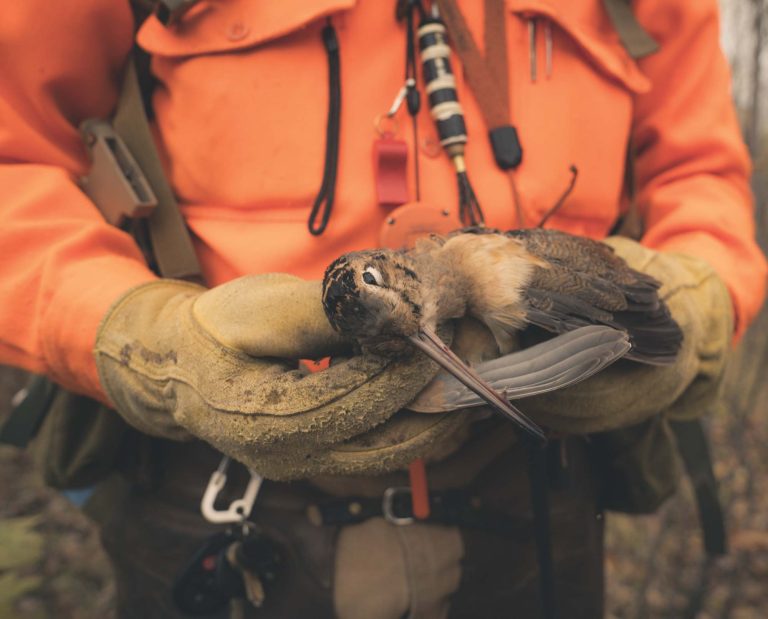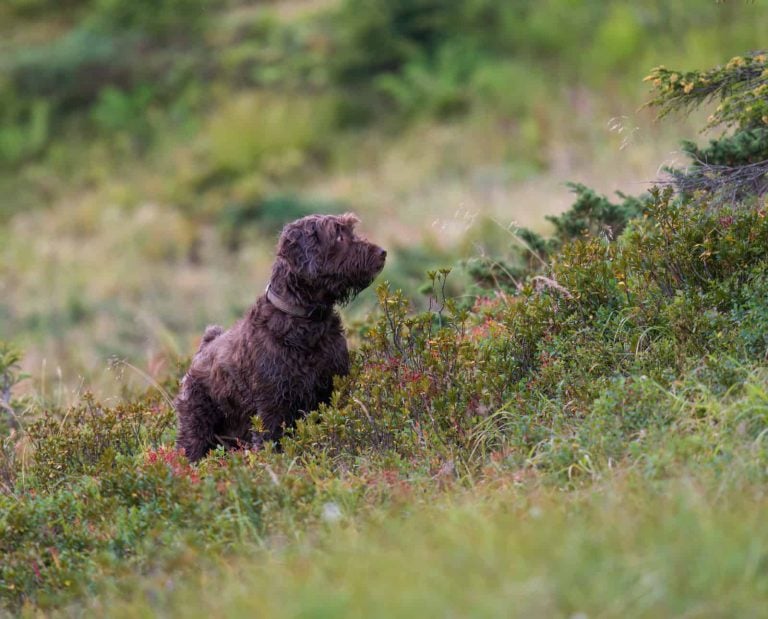Hard Lesson Learned on Wind Direction and Hunting Dogs

A hard lesson learned about wind direction for a first time hunting dog handler
In my mind, wind direction is kind of like divination for deer stands. Thermal currents shift with warming or cooling air and dominate winds give a somewhat reliable insight to the future of a stand set up. Growing up hunting birds without a dog, it never crossed my mind that wind even mattered. Fast forward many years after my tree stand, days into my first season with a gun dog—and that disconnect became quickly apparent.
On the first day of the season, my Wiredhaired Pointing Griffon (Grim) and I made our way to a cover forty-five minutes north. I had done my homework. At least, I thought I had. I expected to be overrun with resident woodcock and maybe even flush a couple grouse in the process. But the lack of rain was making short work of all my previous computer scouting. The birds had seemed to have vanished.
Both my pup and I were determined as we trekked up a mountain from the lowlands below. We were following his nose, which was the best tool I had. When he started to range far and then chase, I looked down at my GPS with a sense of relief. A few months earlier, I did not have the comfort of technology to tell me where my dog had gone. Whether we bumped a bear or Grim was getting crazy on grouse—well, only he would know that side of the story. The GPS changed that.
Once I finally caught up to him, after shouting for him to stop, we regrouped. The cover heading down the mountain looked like the answer to our failed first day. Maybe it was fate or Mother Nature reaching out a hand. In either case, it was a perfect pitch that offered great shooting if a bird got up. As a dogless hunter, I was confident I had it all figured out.
That’s where things went south.
We began our decent, my gun at the ready. Grim worked his way side-to-side, nose to the ground. I noticed a bit of get up in his step.
Is he getting birdy? I thought.
Then it all happened.
I saw a grouse standing on the ground ten yards behind Grim as he passed nose to the ground in front of me. The flight path: a perfect trajectory down an old tote road. This was text book. I had made these kinds of shots a hundred times before and was prepared with chess move precision through covers for the shot of least “resistance.” The bird flushed and I mounted my gun. Before I even drew a bead on him, I looked back at Grim continuing to the left, oblivious to the drama unfolding in front of us. I never fired a shot.
I think I scratched my head. Did I break my dog?
Then a cool breeze shifted, sending a chill down my spine like the Ghost of Grouse Past. Grim had already turned back and suddenly slammed on point. He had done his job. But the scent was just that of the wind. A recent memory of a bird now fluttered off into the distance.
I had done it all wrong, but the dog had done his job. Hell, even the grouse had played ball! With a decent breeze to my back, I suddenly got a reality check that wind direction is not just for big game hunting. I must have replayed that movement in my mind a hundred times with what-ifs. But the moment has since slipped away. Like most, I needed to learn firsthand before I understood that a dog cannot smell a bird in the air if the wind is blowing the other direction. How foolish I felt. So I confess once more that the first time dog trainer is at fault—and the dog should be shaking his head in disappointment.




